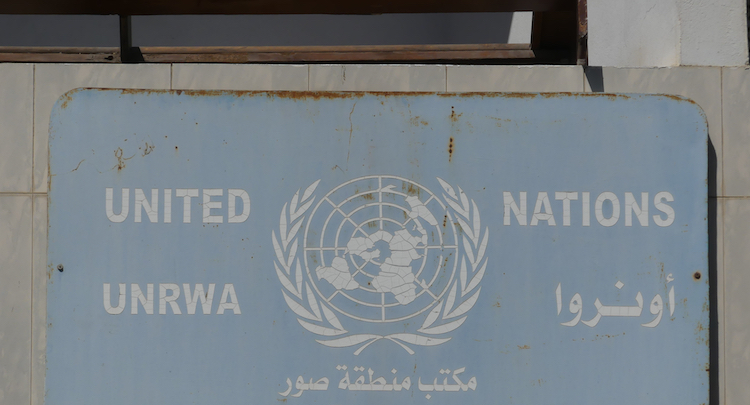Twenty years ago exactly, Israel began its disengagement from the Gaza Strip. Every last civilian and soldier would leave the enclave, though evidence of the Jewish communities would remain in the form of greenhouses, roads, and other infrastructure that was gifted to the Palestinians as they began their first serious experiment in independent self-rule.
What ensued was anarchy and violence. Even the greenhouses were destroyed and looted, an unsubtle metaphor for the unfolding disaster, the self-nakba of the Palestinians.
Much of the debate around the disengagement centers on the question of whether it was a mistake to offer the Palestinians in Gaza freedom, independence, and peace, since they razed all three to the ground. And of course Hamas is the villain of the entire tragic episode; no one else even competing for the title.
But there is another villain that, less than Hamas but more than anybody except Hamas, deserves the scorn of history.
A new working paper by the cognitive scientist Netta Barak-Corren of Hebrew University sheds some light on this topic, though it isn’t the focus of her research. Barak-Corren was studying aid diversion in war zones, including but not limited to Gaza. But she offers crucial context about the primary aid agency, the United Nations Relief and Works Agency, that paints a clear picture not only of the agency’s problems but of its quasi-governmental status.
“There is abundance of evidence to indicate … that the relationship between UNRWA and Hamas was symbiotic to a degree that UNRWA sustained much of the Hamas apparatus in Gaza, via various methods, allowing Hamas to build and sustain its war machine and authoritarian rule,” Barak-Corrin writes.
The UN agency was Gaza’s largest employer and at one point provided four out of every five Gazans with some form of aid, she writes. It is, alone among refugee agencies, a “permanent state of affairs” rather than a temporary solution to a particular postwar problem.
As such, the UN and Hamas have essentially “formalized” a system of aid diversion. The UN also insists on Hamas-linked escorts for its aid convoys rather than independent security. And it has taken steps to prevent employee-identification policies that aid groups have acquiesced to elsewhere.
Yet the aid problem is almost beside the point when looking at the UN’s activities in Gaza. As Barak-Corrin writes, “the focus on physical aid diversion and taxation is to some extent a distraction from the role UNRWA plays in Hamas finances: Hamas has used its influence to insert its operatives and their family members into UNRWA, so that they account for 49% of UNRWA employees.”
UNRWA also has successfully prevented an independent audit of Gaza aid and refused to report diversion incidents regarding Hamas. That means—and this is really the kicker—that “UNRWA should be seen as a streamlined aid diversion operation enjoying a unique level of international immunity and freedom from accountability.”
That is, the UN agency is itself designed to be an adjunct of Hamas. Except in name, the UN is essentially not only part of the Hamas government but the key to Hamas’s ability to sustain its power over the Palestinian enclave.
What does all this have to do with the 2005 disengagement? As COMMENTARY contributing editor Jonathan Schanzer has argued, Hamas’s program of “Talibanization” of the Gaza Strip began almost immediately and has smothered the enclave in the nearly two decades since Hamas took full control.
But as we see from Barak-Corrin’s analysis, Hamas had a partner in that process: UNRWA. Especially considering the various Western boycotts of Hamas after it dislodged Fatah from Gaza by force, sustaining a totalitarian regime and its war machine wasn’t easy or cheap. The UN didn’t merely abet Hamas; it was designed to be part of Hamas’s key governing infrastructure. Rather than being an aid organization that Hamas took advantage of, the UN agency was constructed as a pipeline to assets and materials and influence on the outside for Hamas.
And Hamas used those resources to take the Palestinians’ best chance at full self-government and turn it into an argument against Israeli disengagement from further territory. It became an engine of war and death, and then on Oct. 7, 2023, it became a symbol of world-historical evil. Gaza since disengagement is a profound condemnation of the UN and its entanglement with Hamas. Both must go before Gaza will ever get another chance.

















